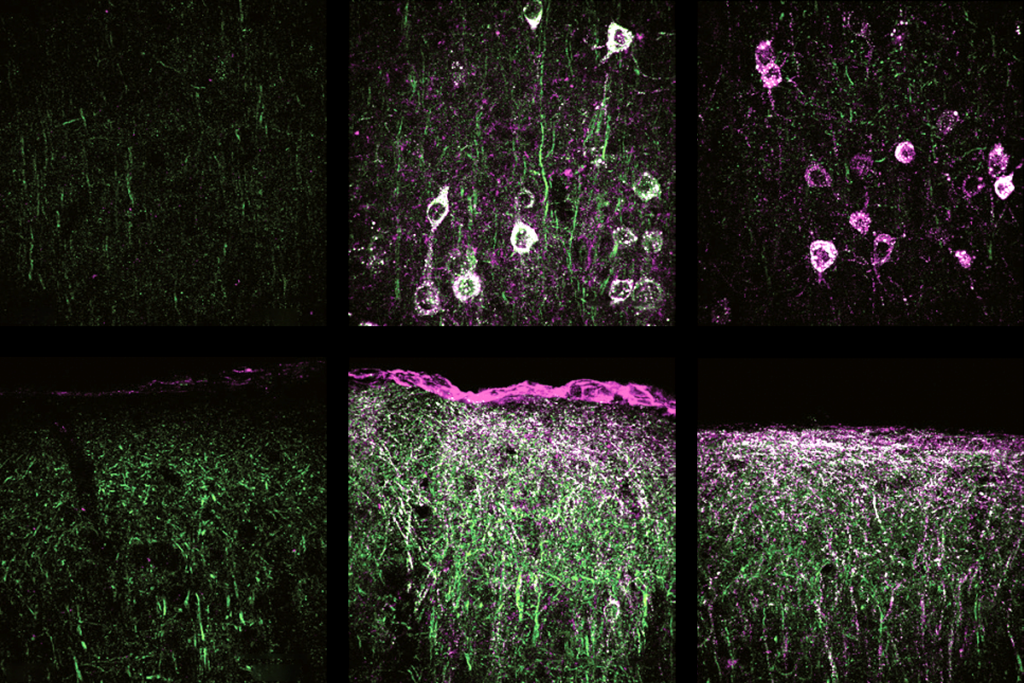Francesca Happé’s research in cognitive neuroscience focuses specifically on autism and investigation of related typical and atypical developmental processes, particularly as they relate to social cognition.
Francesca Happé
Professor, King's College London
From this contributor
How autistic people use compensatory strategies to cope with daily life
In a large survey, autistic adults from around the world described their experiences of using psychological strategies to fit in.

How autistic people use compensatory strategies to cope with daily life
Male slant to research may skew autism’s reported sex ratio
Clinicians may need to go beyond the 'masks' to find autism in women.

Male slant to research may skew autism’s reported sex ratio
Remembering Lorna Wing (1928-2014)
Lorna Wing, who died in June, was the modest, kind and thoughtful mother of a daughter with severe autism. She was also a towering figure in the history of autism research, and her contributions to our understanding of autism cannot be overestimated.

Remembering Lorna Wing (1928-2014)
Why fold Asperger syndrome into autism spectrum disorder in the DSM-5?
In the new diagnostic manual for psychiatric disorders, Asperger syndrome will be folded into autism spectrum disorder. Francesca Happé, a member of the committee that made the recommendation, explains the rationale behind the decision.

Why fold Asperger syndrome into autism spectrum disorder in the DSM-5?
Explore more from The Transmitter
Autism scientists push back on CDC’s inaccurate vaccine claims
The CDC website now falsely suggests that autism-vaccine research is still an open question, prompting distrust among researchers—some of whom anticipate “more unreliable statements coming from the junta that took over” the agency.

Autism scientists push back on CDC’s inaccurate vaccine claims
The CDC website now falsely suggests that autism-vaccine research is still an open question, prompting distrust among researchers—some of whom anticipate “more unreliable statements coming from the junta that took over” the agency.
Gene replacement therapy normalizes some traits in SYNGAP1 model mice
The first published virus-based gene therapy for SYNGAP1 deletion yields benefits despite the gene’s long length and complexity.

Gene replacement therapy normalizes some traits in SYNGAP1 model mice
The first published virus-based gene therapy for SYNGAP1 deletion yields benefits despite the gene’s long length and complexity.
Does AI understand what it produces? Henk de Regt explores how we might assess understanding in machines and humans
Building on his philosophy of how scientists understand what they work on, de Regt is extending his approach to test understanding in machines.
Does AI understand what it produces? Henk de Regt explores how we might assess understanding in machines and humans
Building on his philosophy of how scientists understand what they work on, de Regt is extending his approach to test understanding in machines.